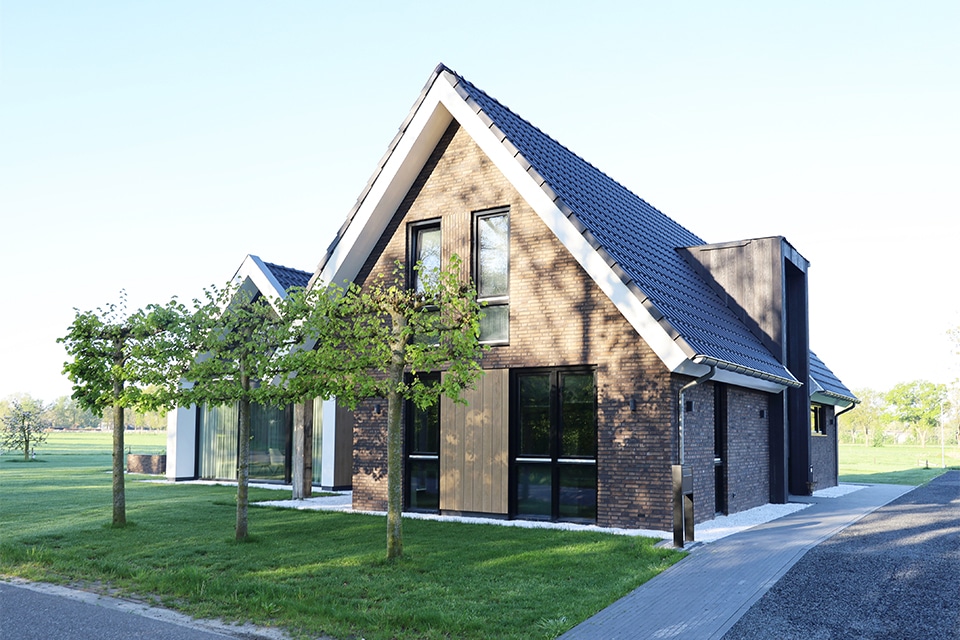
Acoustics? In a healthcare building?
When we talk about acoustics, we often think of concert halls, pop venues or large echoing churches with reverberating halls. These are the spaces where the acoustical environment has received a lot of attention or is very noticeable. But what about the acoustical environment in healthcare? A patient room or traffic area, the waiting room at the doctor's office or the communal living room in an elder care facility? Do we pay enough attention to those, too, or are acoustics not as important there? Let's go through the following scenarios....
You can't avoid it anymore and have to call the doctor for an appointment, because that annoying condition won't go away by itself. The assistant answers and notes your complaint: "Oh, that sounds annoying Mrs. Janssen, an abscess like that can hurt a lot!" Meanwhile, you sink through the floor because you know from experience that the entire waiting room was able to hear this conversation. Even if you have to pick up a prescription from the same assistant after the doctor's visit, you wish you could whisper it too!
For hospitalization, unfortunately, you don't always have the choice of staying in a single room. In fact, many hospitals still have double or even quadruple rooms. That means you have to create your own privacy by closing a curtain around your bed so that you at least have visual shielding. The upshot, however, is not that you can keep your private phone calls - or personal questions from the nursing staff - to yourself either; the whole room is listening in! It can also be annoying the other way around when you are bothered by others. Not only your roommates, but also all the activities taking place in the hallway can keep you from sleeping and distract you. All the while a good night's sleep is so important for a full recovery.
Research also shows importance of good acoustics
There are several aspects involved in the sound environment. One is staff behavior. Unconsciously, a conversation, sound of footsteps or the opening of a door in the middle of the night can cause sleep disturbance. The way patient privacy is handled also varies widely. Examples from the U.S. have shown that behavioral guidelines or a policy regarding noise can make a big difference. Moreover, recent Dutch research showed that the largest source of noise on the hospital floor is staff.

(Image: Hans Georg Esch)
Addressing the problem at the source is step one, but that's not all. Making noise is unavoidable; this applies to both people and equipment. The way sound behaves in a room, room acoustics, depends on the shape, height and finish of the floors, walls and ceilings. By using acoustical knowledge intelligently in every design decision, we can create an environment that is supportive of its function.
Man, activity and space
By asking ourselves who we are designing a space for, what activity will take place and what room characteristics we have at our disposal, we can set requirements for acoustic parameters. In some cases, these are more stringent, such as when the space is intended for dementia-prone elderly people with hearing loss. In that case, we need to consider aspects such as speech intelligibility and sound levels. When we are dealing with a waiting room for the gynecology outpatient clinic, privacy plays a greater role and it is important to limit speech intelligibility at greater distances.
What to do.
As a client or manager of a healthcare facility, it is especially important to be aware of the importance of good acoustics. In consultation with a consultant, include acoustic requirements in the Program of Requirements for construction and renovation projects and ensure that an acoustic consultant is involved. If it only becomes apparent after completion that there are acoustic complaints and a solution must be sought, this can lead to high costs and loss of time. In the organization, attention can be paid to the issue by, for example, creating a noise policy with rules of conduct for staff.
The right amount and effective placement of sound absorbing and reflective materials lead to good room acoustics. The interaction between the person, space and activity ultimately determines acoustic comfort.



